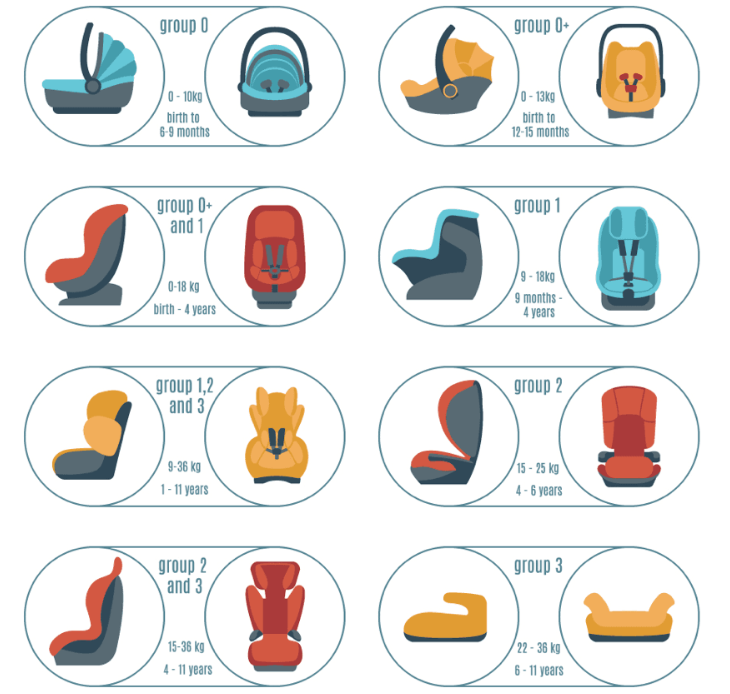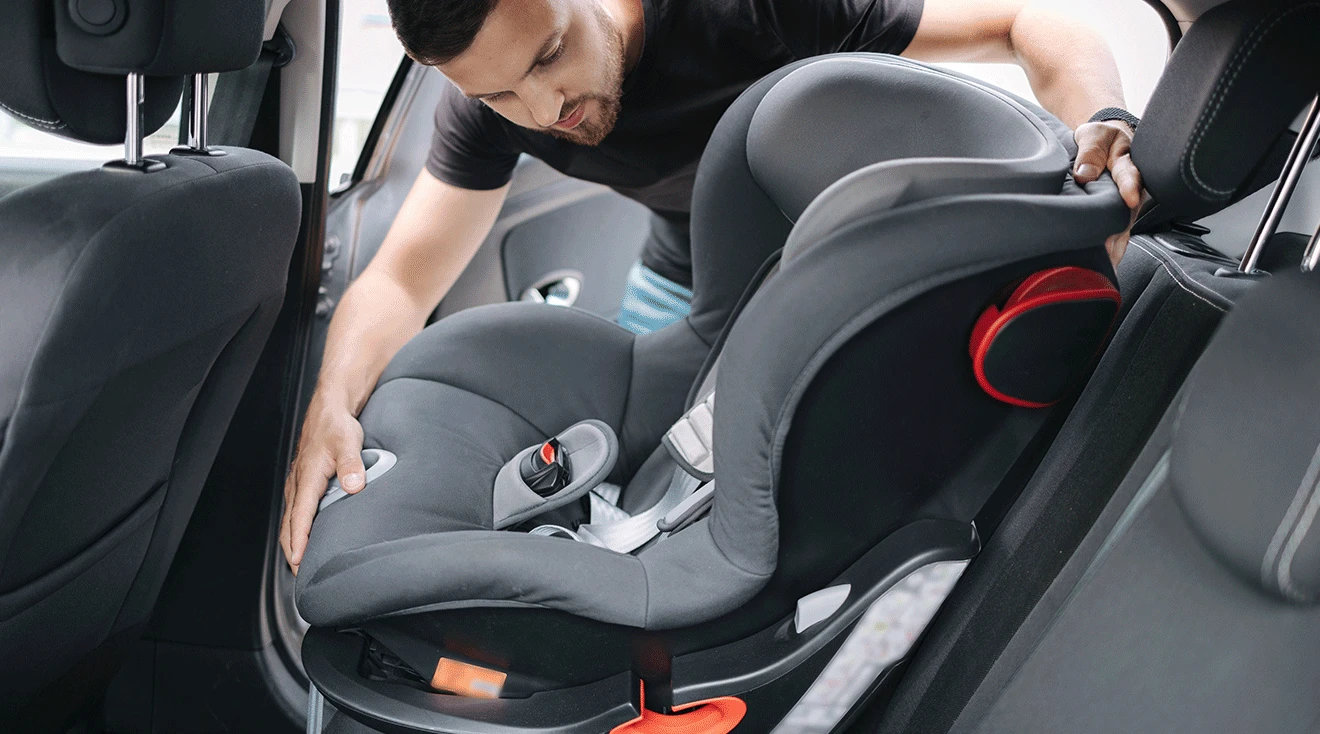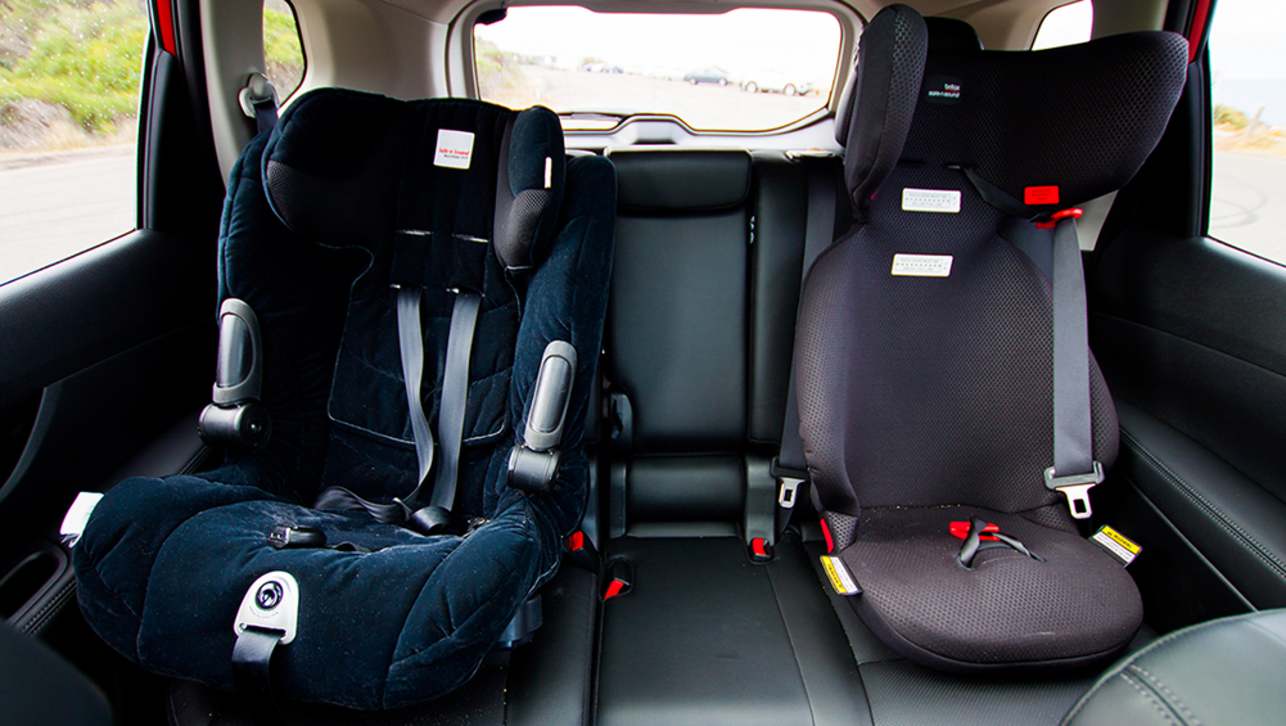The Essential Guide to Child Car Seat Safety and Maintenance

by AutoExpert | 4 July, 2024
Ever wondered about all those safety features tucked into your car, quietly working in the background to keep you safe without making a fuss? Well, while most of these gadgets light up your dashboard if something goes awry, there’s one crucial piece that demands a bit more TLC—your kid’s car seat.
Yep, child seats have come a long way, becoming indispensable shields in protecting little ones during crashes—slashing the risk of infant fatalities by a whopping 71% in accidents.

What's the Deal with Child Seats?
Let’s face it: cars are built with grown-ups in mind. That means the typical car seat isn’t cut out for keeping your kiddo safe. That's where child and booster seats step in, tailored for tots from infancy right up until they hit their pre-teens, offering top-notch protection in the scary event of a collision. Before you buckle up, make sure you’ve got the right seat that fits both your child and your car, and that you’ve nailed the installation. And remember, kids grow fast! Keep tabs on their growth spurts to know when it’s time to switch up their seating.

Hunting for a Bargain on Wheels?
In the market for a new ride? We’ve got the inside scoop on the hottest deals and sweetest incentives from local dealers. Just click here to snag the best offers!
Why Do Car Seats Have an Expiry Date?
Like anything used daily, car seats go through a lot—think temperature swings, spills, and the constant dance of buckling and unbuckling. Over time, this wear and tear can take a toll on the seat’s materials, lessening its safety mojo. That’s why manufacturers put an expiration date on them, typically between 7 to 10 years from the date it was made.

Spotting the Expiry Date
No universal spot exists for this, but a good place to start is a manufacturer sticker—usually white—detailing when the seat was made, along with an expiry date, model, and serial number. Can't find it? Check the manual or peek at the seat's back, bottom, or base.
What if the Seat's Been in a Crash?
If the car seat was part of a moderate or severe crash, it’s time for it to retire. Even a minor bump can mean a replacement if the airbags popped, someone got hurt, the seat’s door took a hit, the car was undriveable post-accident, or the seat itself looks damaged. If none of that happened, your seat might still be in the game.

Dealing with an Expired Car Seat
Once a car seat’s time is up, don’t pass it on—dispose of it responsibly to prevent any future use. Cut the straps, yank out the foam, remove the fabric, and recycle the plastics. Marking it as “DO NOT USE/EXPIRED” is a good move too. Or, take a simpler route by dropping it at a recycling center—some stores and communities offer this service.
Recalls and Registrations
Even if a car seat hasn’t hit its expiration date, stay alert for recalls which could cut its journey short. Register your seat with the manufacturer to get updates fast. This way, you can ensure your child’s seat is always up to snuff.

Wrap-Up
Car seats are non-negotiable for young travelers’ safety. Register yours, keep an eye on the expiry date, and if it’s been through a lot—accident, recall, or just plain old age—make sure to replace it properly. Here’s to safe travels with your precious cargo!

















